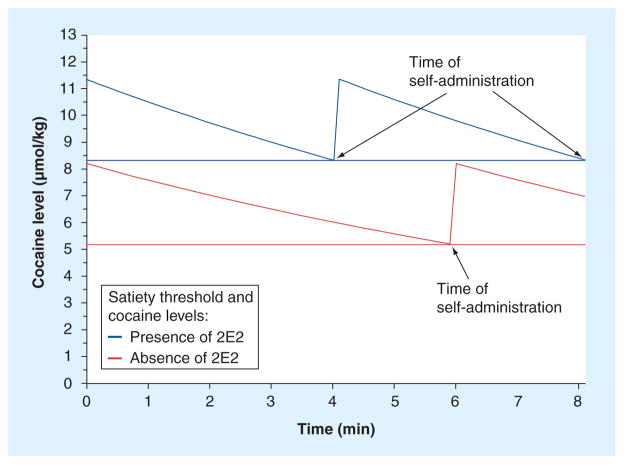Figure 3. A pharmacokinetic/pharmacodynamic model of the antibody-induced increase in the rate of cocaine self-administration.
The descending lines represent the total cocaine level in the body after a self-administration of 3.0 μmol/kg of cocaine during the maintenance phase of a self-administration session. The horizontal lines represent the minimum cocaine levels (satiety threshold) in the absence and presence of anticocaine antibodies. The antibody-induced increase in the satiety threshold results in an increase in the cocaine concentration in the body. First-order elimination kinetics dictate a faster rate of cocaine elimination at the higher concentrations of cocaine, even if the cocaine elimination half-life does not change in the presence of the antibody. Consequently, the cocaine levels decline to the satiety threshold more rapidly, resulting in a shorter inter-injection interval. In this model it is assumed that the cocaine elimination half-life is 9 min, the injection and subsequent distribution of cocaine is instantaneous and a single-compartment pharmacokinetic model applies to the distribution and elimination of cocaine.
Adapted with permission from Wiley [15].

